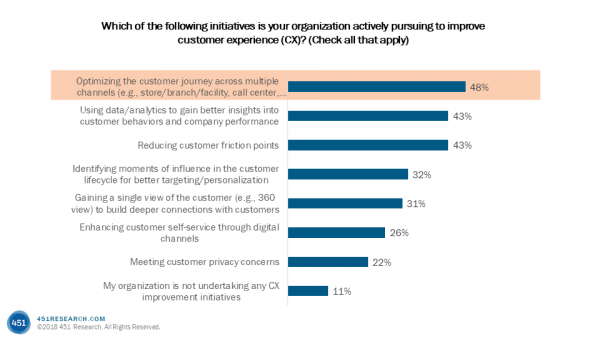by Jordan McKee, Scott Denne
A surge of industry consolidation pushed payments M&A to a new peak last year. Although few targets remain that could fetch the $10bn-plus price tags of 2019’s giant transactions, the payments industry, and the vendors that have long dominated it, remain vulnerable to trends that emerged with the global shift toward digital commerce and the digitalization of physical commerce, so dealmaking is likely to continue to thrive in this market.
According to 451 Research’s M&A KnowledgeBase, buyers shelled out $85.7bn for 81 payments technology providers in 2019, roughly 6x the amount from 2018. To put that in perspective, for every $5 spent on tech acquisitions, $1 went toward the purchase of a payments firm, including spending on three of the year’s four largest deals – FIS’s $36bn reach for Worldpay, Fiserv’s $22bn First Data buy and Global Payments’ $21bn TSYS pickup. While there are few payments targets left that could command that kind of price, those transactions, which brought the acquirers massive scale and distribution, set the stage for further M&A.
As we highlighted in a recent report, increased deal activity has come largely in response to (and as a result of) the presence of high-profile and heavily funded venture-backed vendors in the payments space. Through the rest of this year, we expect to see payments acquisitions focused around high-growth sectors such as integrated payments, cross-border transactions and omnichannel commerce – market opportunities that are emerging as the lines blur between physical and digital commerce.
In omnichannel commerce, for example, payments are a fundamental part of enabling customer experiences that overlap online and offline shopping, such as buy online/pick up in-store and buy in-store/ship to home. Such services are enabled via a payments processor that can process multi-channel transactions. Our surveys show that there’s a substantial market opportunity here. According to 451 Research’s Voice of the Enterprise: Customer Experience & Commerce, 48% of organizations are actively pursuing an improvement in cross-channel customer experience. This could lead to processors that have traditionally focused on e-commerce (e.g., Stripe, Paysafe, Cybersource, Adyen) seeking in-store assets, plausibly acquiring point-of-sale software providers or in-store-focused firms.
Figure 1: The importance of customer experience initiatives

